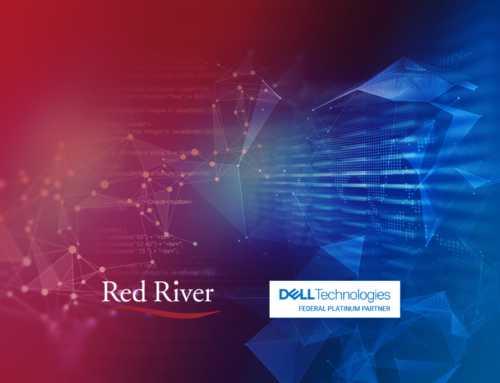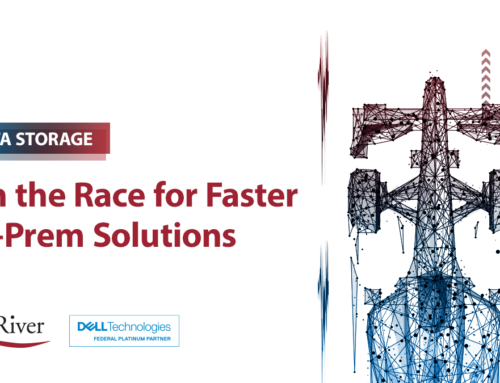
Why SAN Still Matters in the Age of AI
As IT leaders navigate the rapid pace of digital transformation, one truth remains unchanged—data is the foundation. And with data volume growing exponentially, Storage Area Networks (SANs) continue to be vital in delivering performance, reliability, and centralized access for enterprise workloads. But today’s SAN solutions aren’t your legacy infrastructure. With advances in all-flash arrays and intelligent data architectures, the SAN landscape has evolved dramatically—and smart organizations are taking note.
SANs have long been recognized for their ability to boost application availability and streamline data accessibility. By decoupling storage from servers and centralizing data access, SANs enable more efficient data management and business continuity. However, what really powers modern SAN performance is the storage engine behind the scenes.
Organizations increasingly manage both structured SAN-based workloads (ERP, databases, VDI) and unstructured NAS data. The challenge? Achieving high performance, continuous availability, and cost-efficiency in a single solution. A modern SAN must be smart—intelligently scalable, secure, and optimized for hybrid environments.
What to Look for in a Modern SAN Storage Solution
When evaluating storage upgrades, organizations should focus on seven key objectives:
- Enable innovation and support competitive growth.
- Scale efficiently without adding unnecessary complexity.
- Break down silos for a unified, accessible data ecosystem.
- Deliver performance within budget constraints.
- Strengthen data security and compliance posture.
- Streamline operations and reduce management overhead.
- Support robust data governance in hybrid and multicloud environments.
Neglecting even one of these can result in future limitations—especially as organizations adopt AI-driven applications and analytics.
The Cost of Doing Nothing
Sticking with legacy infrastructure might seem safe, but it often translates to rising costs and inefficiencies. And while hyperconverged or cloud-native storage models offer benefits, they’re not always a silver bullet. Hyperconverged platforms may lack flexibility or require compute scaling alongside storage—driving up costs. Meanwhile, cloud storage, though scalable, can be expensive for long-term use, particularly in highly regulated industries with strict compliance needs.
A New Take: SAN with All-Flash Power
Modern all-flash arrays are transforming the SAN conversation. Once considered too costly, these solutions now offer exceptional performance and total cost of ownership advantages. Flash technology delivers up to 20x the performance of traditional spinning disks, accelerates critical workloads and slashes energy usage and carbon footprints.
With features like non-disruptive scale-out, NVMe readiness, and built-in cloud integration, organizations can future-proof their data infrastructure without breaking the bank.
Enter NetApp ASA—a SAN-optimized, all-flash storage solution designed for today’s hybrid, high-performance workloads. Here’s what sets it apart:
- All-flash performance for the price of disk
- Symmetric active-active architecture for continuous data availability, even during outages
- 4:1 Storage Efficiency Guarantee for SAN protocols
- Six Nines Availability Guarantee (that’s less than 32 seconds of downtime annually)
Security is also built in. With features like multi-factor authentication, FIPS 140-2 compliance and guaranteed ransomware data recovery, ASA ensures that data governance never takes a back seat.
SAN-Optimized Storage, Backed by Red River
At Red River, we’re redefining how organizations approach data storage. With more than 25 years of experience in modern infrastructure, cloud, cybersecurity, and managed services, we help government and commercial clients deploy SAN solutions that drive real impact. Partnering with NetApp, we deliver agile, intelligent, and secure storage that aligns with your mission—today and tomorrow.
For more information download our Shifting Storage Landscape eBook or contact us at [email protected].
written by
Red River
We call ourselves a technology transformation company because we know how to harness the power of technology to change the way you do business and meet mission objectives. Our industry leading technical expertise, strategic partnerships and portfolio of services and solutions that span the entire lifecycle of technology have made us the partner of choice for clients in the commercial, federal and SLED markets interested in optimizing business processes and maximizing the value of their investments. Learn more about Red River.




